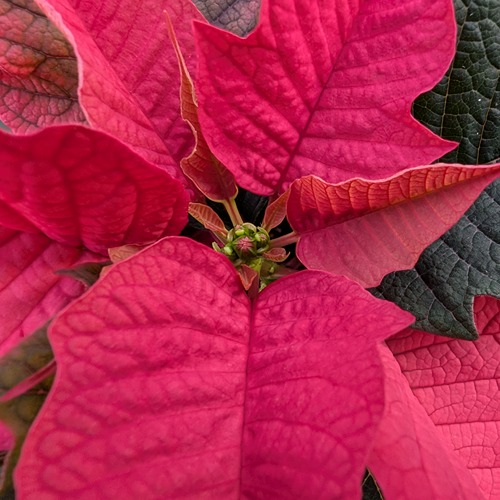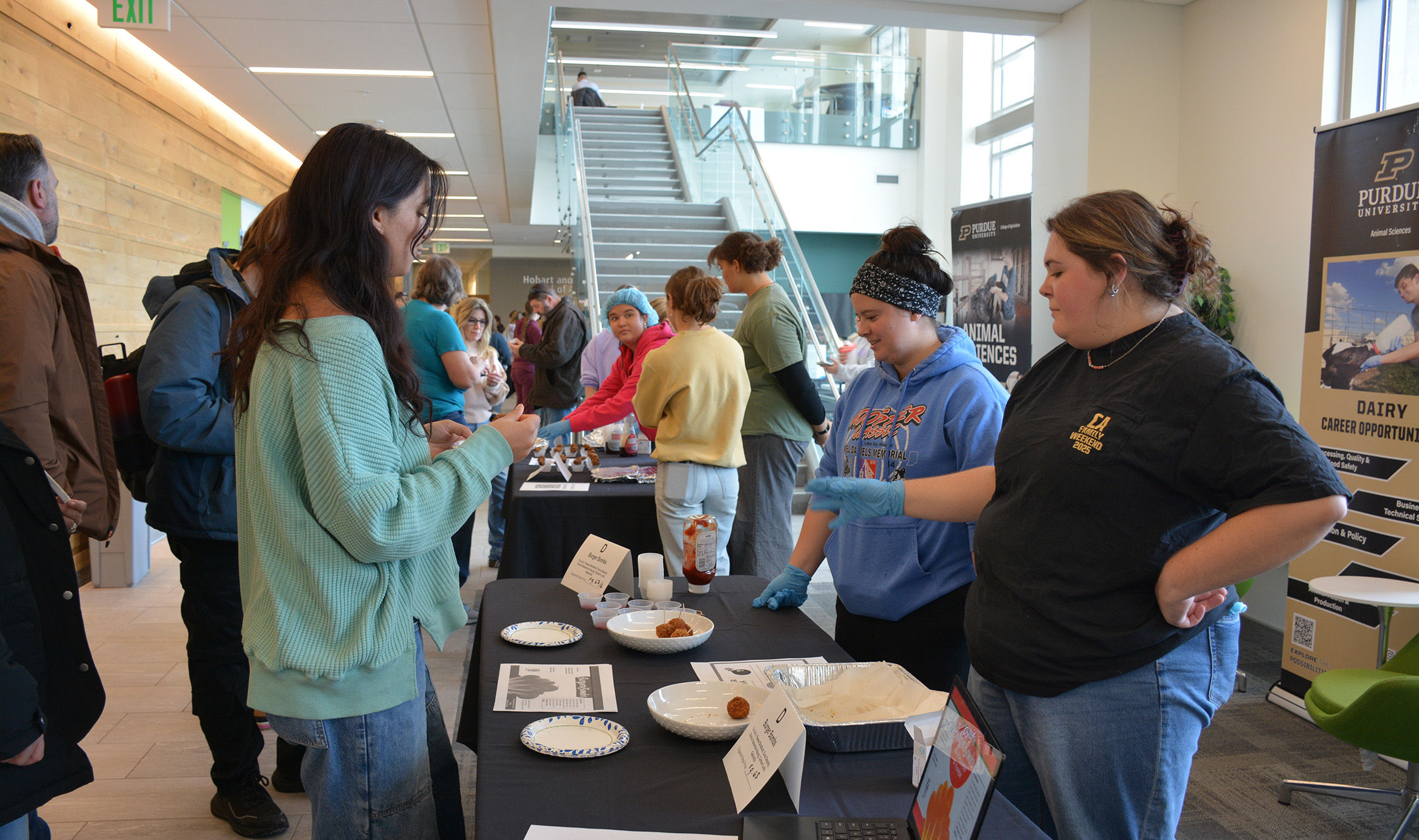Indiana wine grape growers beat the odds and produce a fruitful year
Indiana experienced a cold winter and rainy ripening period, conditions historically suboptimal for grape growers. Despite this, Bruce Bordelon, professor of horticulture, grape and small fruits Extension expert and member of the Purdue Wine Grape Team, said growers statewide had a productive harvest with high fruit quality.
“It’s a testament to our growers that they can succeed in a difficult year such as this one,” Bordelon said.
Gary Humphrey, owner of River City Winery in New Albany, said the rainy weather offset the typical harvesting time, but that had little impact on his overall crop.
“Not only did we see increased yields but the hot early summer brought us good ripening with intense fruit flavor,” Humphrey said. “Late summer rains hampered much of the harvest season but we were able to get our fruit out of the vineyard with very little damage.”
Jeff Hill, who owns Rettig Hill Winery in Osgood, added that the atypical harvest times did not have a negative impact on quantity or quality of grapes and, in fact, yielded some interesting results.
“The white wines possess very delicate and exotic tropical aromas and flavors. The reds harvested so far have very distinct red and dark fruit aromas and flavors. In summary, the grape crop was large and the variable weather during portions of the growing season have created very intriguing winemaking results,” Hill said.
Wine grape growers also contend with the persistent threat of diseases and pests. According to Bordelon, ripe rot, or Colletotrichum, was detected on certain varieties this year as was sour rot, which thrives in wet weather. These issues were not widespread enough to be devastating, but, he added, experts are closely monitoring these issues to ensure they don’t become more severe. Bordelon added there is some concern about the Spotted Lanternfly, a pest with the potential to damage wine grapes and other fruits. “This is a big concern for all fruit growers and the hardwood industry,” he said.
As the Hoosier wine industry continues to expand it cultivates expertise and resources that can be shared throughout the state. It’s no accident, Bordelon said, that even though conditions were not ideal this year, Indiana vineyards generally had good harvests. Growers are learning how to better mitigate threats from variable weather, plant pathogens and pests.
With the 2018 wine grape harvest complete, Bordelon said growers are already turning their sights towards next year’s harvest.
“Once growers know if vines have winter injuries, they’ll decide on a pruning strategy and start pruning in March,” Bordelon said. “Once bud break occurs in April or May, the 2019 season will be underway.”





